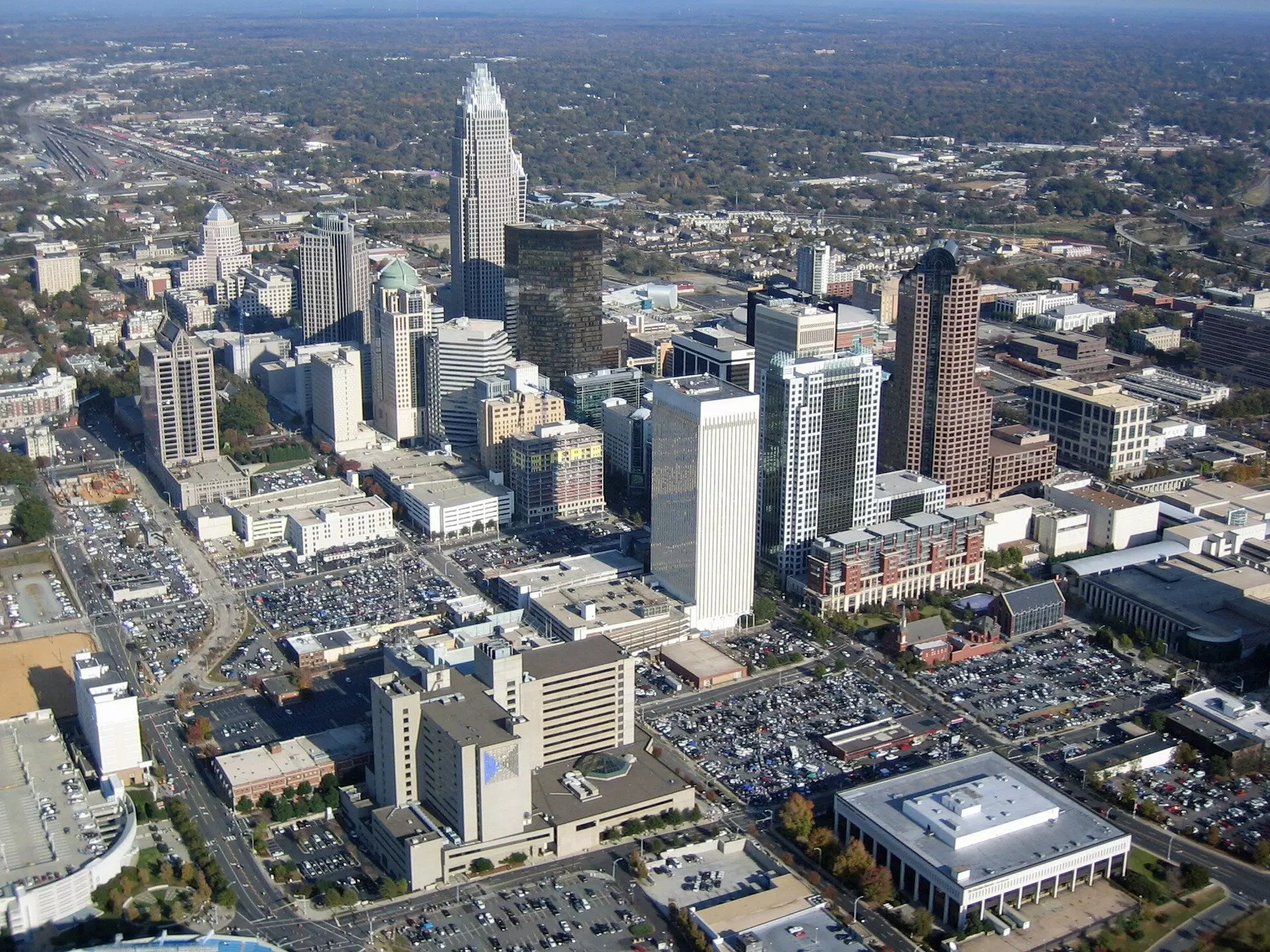As global temperatures continue to rise due to climate change, cities around the world are experiencing an alarming increase in heat-related issues. The phenomenon known as the “urban heat island” effect exacerbates these challenges, where urban areas become significantly warmer than their rural counterparts. This elevated heat, coupled with insufficient green spaces, places cities in the Global South at a greater risk for heat-related illnesses and fatalities. Recent research sheds light on the critical differences in urban cooling capabilities between the Global North and South, emphasizing the necessity for thoughtful interventions in city planning and infrastructure.
A groundbreaking study published in *Nature Communications* reveals that cities in the Global South possess only 70% of the “cooling capacity” generated by urban greenery compared to their counterparts in the Global North. This stark disparity highlights an urgent need to enhance urban green spaces in these hotter, densely populated regions. The research was conducted by a team of international scientists from leading universities, underscoring the collaborative effort to address this pressing global issue. By using satellite data to analyze over 500 of the world’s largest cities, the study provides an empirical basis for understanding how urban greening can mitigate extreme heat, suggesting that cities could benefit from an average temperature reduction of approximately 3°C during warm seasons.
The health implications of extreme temperatures in cities are severe. Heatwaves are particularly devastating for vulnerable populations, especially those residing in slums or underserved areas. Professor Tim Lenton from the University of Exeter pointed out that current urban dynamics often leave the least privileged to bear the brunt of climate-related adversities. These communities are typically less equipped to adapt to such increases in temperature, resulting in a disproportionate number of heat-related deaths, especially in regions with inadequate infrastructure.
Urban green spaces—parks, green roofs, and community gardens—play a vital role in cooling urban climates through shading and evaporative cooling. However, a significant inequality persists between cities in the Global South and their Northern counterparts. The average cooling benefit for residents in the Global South is approximately 2.2°C, compared to 3.4°C for those in the Global North. This difference stems not only from the quantity of vegetation but also from how effectively these green spaces are managed. For instance, countries in the Global North often benefit from well-maintained parks and diverse tree species, amplifying their cooling effects and making urban life more bearable during the summer months.
Mitigating the urban heat crisis requires strategic and inclusive planning efforts aimed at enhancing greenery in cities within the Global South. The study’s findings indicate a vast potential for improving urban cooling through the expansion of green spaces. Urban greening initiatives may come at an initial financial cost; however, the long-term benefits can far outweigh these expenses, creating more livable cities and promoting public health. Professor Chi Xu of Nanjing University emphasized this point, suggesting that by prioritizing urban plant life, cities could significantly improve living conditions, especially for the most vulnerable populations.
To effectively address these disparities, a multi-faceted approach is necessary. This includes collaborating with local communities, governments, and international organizations to implement green infrastructure projects. Furthermore, the preservation of existing green spaces is paramount. Rather than allowing urban development to encroach upon these vital areas, city planners must incorporate green strategies into growth models to ensure sustainability and resilience against rising temperatures.
The imperative to develop urban greenery in cities of the Global South is clearer than ever. The evidence supports urgent action to provide equitable cooling benefits and improve conditions for millions living under extreme heat. As we navigate the challenges of a warming planet, urban greening stands out as a fundamental strategy in the fight for a cooler, healthier future.


Leave a Reply